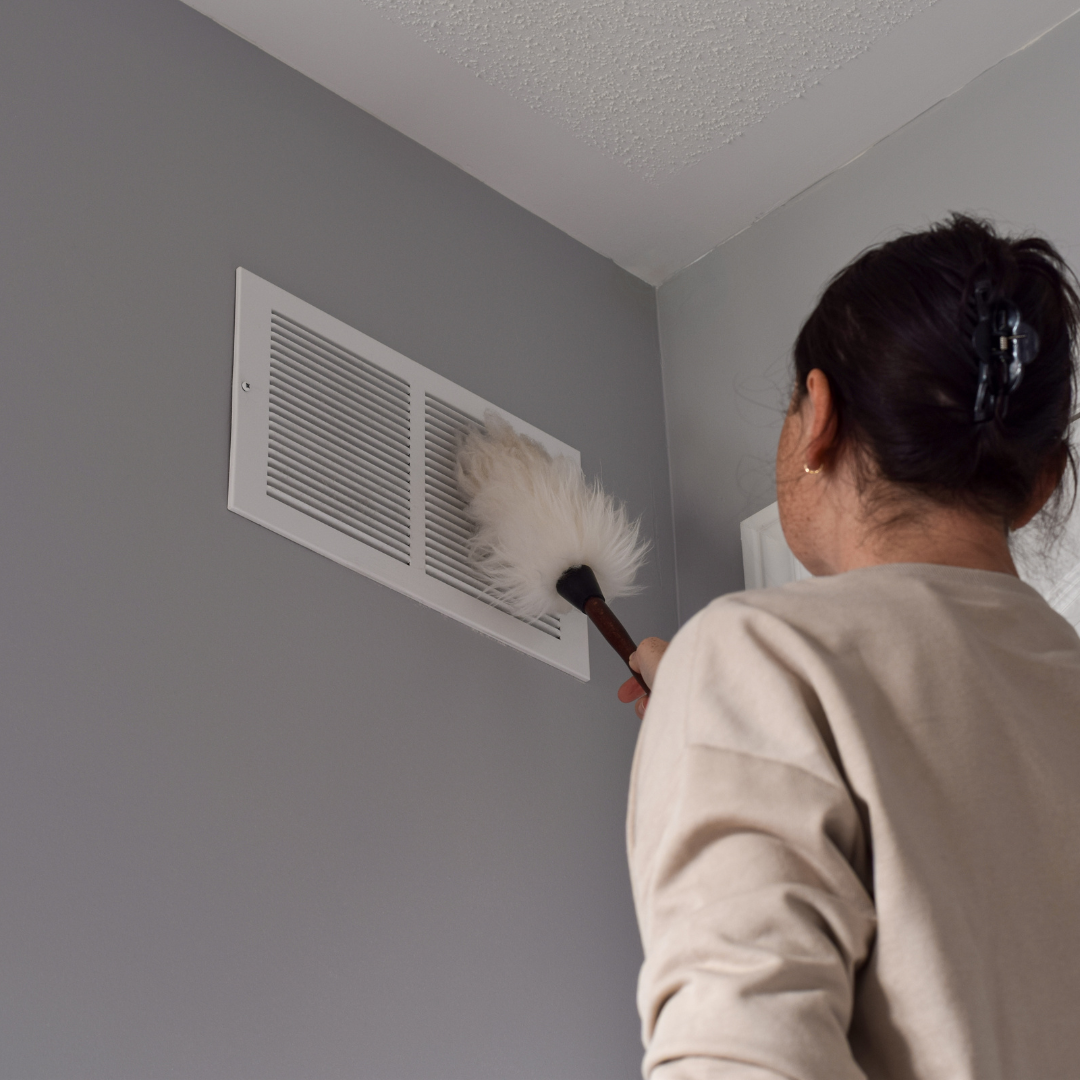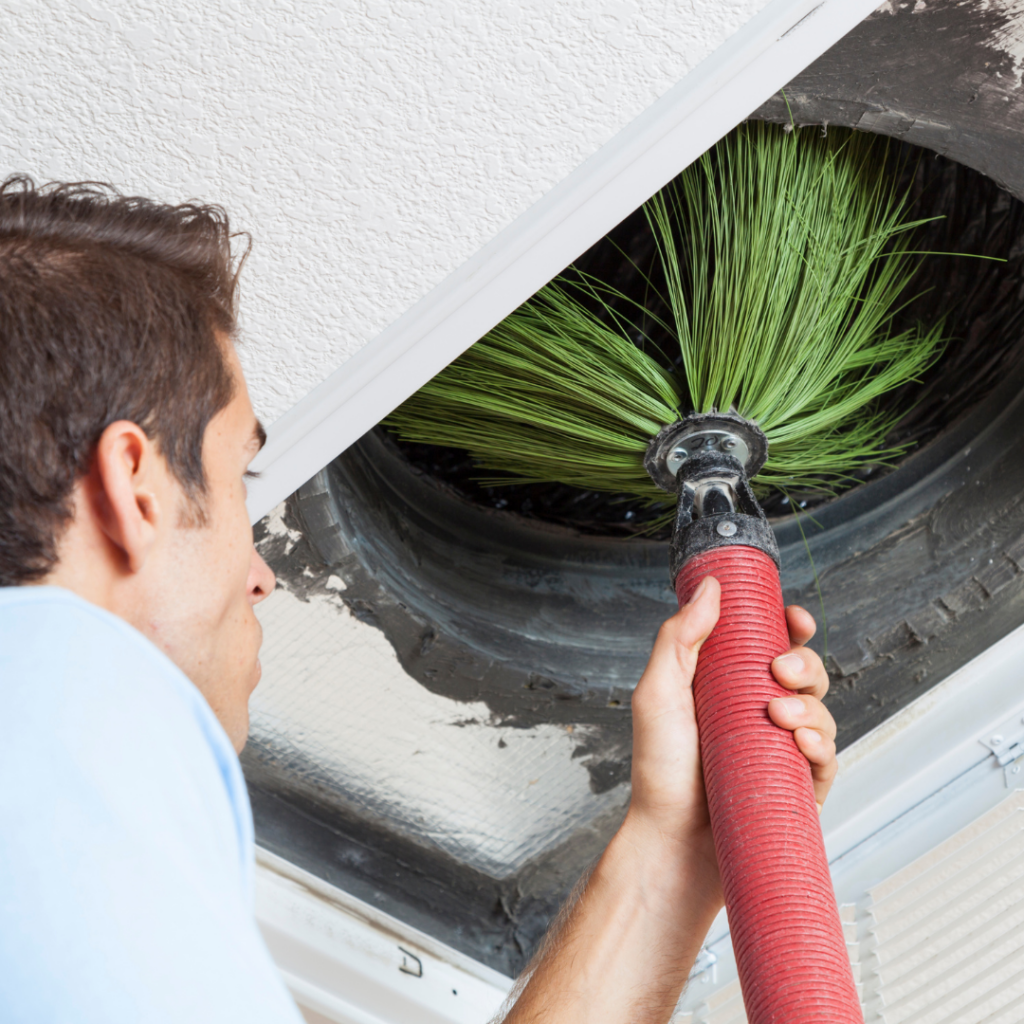
26 Jul Understanding HVAC Systems: Air Ducts vs. Air Vents
One of the common misconceptions among homeowners is the confusion between air vents and air ducts. While these terms are related and crucial components of your HVAC (Heating, Ventilation, and Air Conditioning) system, they serve different purposes and require distinct maintenance approaches. In this blog, we will explore the differences between air ducts and air vents, along with some important considerations regarding their age, deterioration, and potential issues with rodents.
Air Vents: The Gateway to Comfort
Air vents are the visible parts of your HVAC system that control the airflow in individual rooms. These rectangular or circular covers are typically installed in walls or ceilings, allowing conditioned air to enter and exit the living spaces. The purpose of air vents is to regulate the amount of warm or cool air delivered to a specific room, providing the desired indoor climate and comfort.
While air vents do not play a significant role in the overall distribution of air throughout your home, they are vital for maintaining even temperatures in individual rooms. As a homeowner, you can take care of air vents by regularly cleaning them with a vacuum or damp cloth to remove dust and debris. Keeping them unobstructed ensures better airflow and more efficient heating and cooling.
Air Ducts: The Pathways of Comfort
Air ducts, on the other hand, are an essential component of your HVAC system responsible for transporting the conditioned air from the central unit to various rooms in your home. These ducts are typically made of metal, fiberglass, or flexible plastic and are hidden behind walls or in the ceiling. The conditioned air travels through these ducts, branching out to different vents and providing heating or cooling throughout the house.
Due to their concealed nature, air ducts are often out of sight and, unfortunately, out of mind for many homeowners. Over time, air ducts can accumulate dust, dirt, allergens, and even mold, which can compromise indoor air quality and reduce HVAC system efficiency. Cleaning air ducts is crucial to ensure a healthy living environment and maintain the optimal performance of your HVAC system.
Age and Deterioration of Air Ducts
Air ducts, depending on the materials used and the installation quality, can have a significant life span. Typically, well-installed metal duct work can last for several decades, while flexible ducts tend to have a shorter life span. However, as ducts age, they are prone to deterioration, which can lead to various issues:
1. Air Leaks: Over time, seals on joints and connections in the duct work may weaken, leading to air leaks. These leaks can result in energy wastage and uneven distribution of conditioned air, leading to discomfort and higher utility bills.
2. Reduced Efficiency:As air ducts deteriorate, the efficiency of the HVAC system can decrease. Leaky ducts force the system to work harder to maintain the desired temperature, putting additional strain on the HVAC equipment.
3. Air Quality Concerns:Deteriorated ducts can also contribute to decreased indoor air quality. Dust, allergens, and other contaminants may enter the duct work and be circulated throughout the living spaces, potentially causing health issues, especially for individuals with allergies or respiratory problems.

Rodents and Air Ducts: A Troubling Relationship
Unfortunately, air ducts can become attractive nesting spots for rodents, especially if the ducts have openings or damage that allows easy access. Rodents seek shelter in warm and dark places, making duct work a prime target. When rodents infest the ducts, several problems can arise:
1.Contamination:Rodents can leave droppings, hair, and urine in the duct work, polluting the air that circulates through your home. This can lead to foul odors and potential health hazards.
2.Duct Damage:Rodents are known to gnaw on various materials, including ducts. Their constant chewing can cause significant damage, leading to air leaks and further deterioration of the duct work.
3.Reduced Airflow:Obstructed or damaged ducts can restrict airflow, resulting in poor HVAC system performance, reduced comfort, and potentially costly repairs
Understanding the difference between air ducts and air vents is crucial for maintaining a healthy and efficient HVAC system.
Air ducts serve as the pathway for conditioned air, while air vents are the visible outlets that control airflow into the living spaces. Regular maintenance and inspections are essential to detect and address age-related deterioration and potential rodent infestations. Consulting with a professional HVAC technician like those at Quarter Moon Plumbing, AC and Heating can help ensure that your system operates at its best, providing optimal comfort and indoor air quality for years to come.

